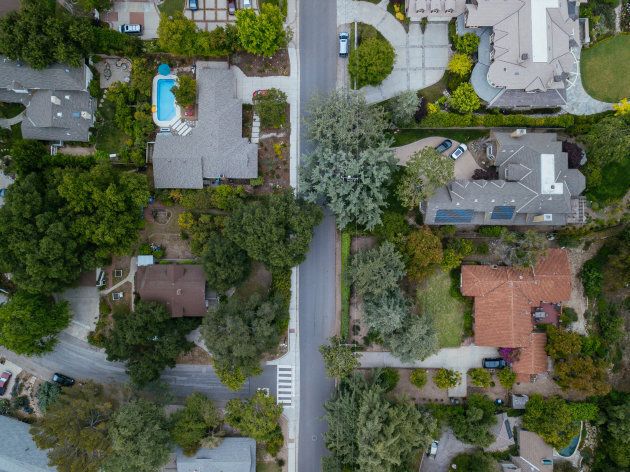
The poet Robert Frost wrote that good fences make good neighbours. He knew what he was talking about. When one person's property is not clearly separated from the other's, it creates opportunities for costly disputes.
Trees at or near a property line can create conflicts that end up with neighbours facing off against each other in court.
Sometimes a tree will break in a windstorm, damaging the neighbour's house or car. The owner of the tree may or not be responsible. It will depend on the condition the tree was in. If it was known to have rotted, the owner may be liable for not having dealt with it earlier.
These disputes fall under the law of "nuisance." That's a common word, but also the legal term used when something on one property harms its neighbours. Nuisance is an area in which the judge has a lot of discretion.
Every claim of nuisance has its own unique facts. The judge has to use her own personal wisdom to determine what is fair and reasonable. One of the legal tests is "substantial interference." Whether something is substantial is in the eye of the beholder. Going to court with such a claim carries risks. The outcome is seldom predictable.

A few years ago, an Ottawa homeowner installed a backyard swimming pool. To her misfortune, she soon found that the neighbour's tree roots were encroaching on her property. They caused her pool to crack.
She sued her neighbour to have the tree removed, on the grounds that it was creating a nuisance on her property. The judge was not very sympathetic. He observed that modern society places a high value on the preservation of the "urban forest." He told the pool owner that she would have to come back with a stronger argument, including showing that the problem could not have been anticipated before the pool was installed.
Another example of the respect given to trees was seen in a Toronto case decided in March of 2019, by Justice Ed Morgan of Ontario's Superior Court.
A mature maple tree, with a diameter of more than a metre, was growing right smack dab in the middle of the property line. Who knew, when the wind dropped that seed all those years ago, the trouble this would cause?
The law says that a tree that is right on the lot line is the joint property of both neighbours. Ordinarily, it cannot be killed unless both neighbours have agreed to it.
This tree happened to be in Toronto's leafy and upscale Moore Park neighborhood. One of the neighbours has a growing family. They wanted to build an addition to the back of the house to expand it — a not uncommon move in Toronto's hot property market. The plans that their architect drew up would have required cutting down this big old maple tree.

Trees are protected by a Toronto by-law. However, if you make a strong enough case for it, the city will sometimes give its permission to chop down a tree. The city gave its assent, but the neighbours who were the joint owners of the tree did not.
Therefore, the builders went to court. They applied for the court's permission to have the tree cut down. They said it was a nuisance because it substantially interferes with the use of their land.
The judge weighed the matter in the balance. One neighbour had a need for more rooms, while the other neighbour loved the tree and wanted to maintain the beauty of its shade. He looked at the plans for construction. In this case, it might have been possible to build the addition elsewhere on the lot.
The neighbours applying to cut down the tree had not provided any evidence that they had considered alternative construction plans that might have saved the tree. Based on that factor alone, the judge denied their application. He awarded legal costs to the neighbours who wanted to preserve the tree.
For the time being, the old maple tree is saved. Time will tell whether the builders will alter their design plans, or merely return to court with stronger arguments for cutting down the tree.
As this case shows, it's vital to consider all the alternatives before making such an application. It's important to keep in mind the high value of mature trees for the urban environment. They provide cooling shade and help clean the air of pollutants. Quite properly, the law gives them a significant amount of protection.
This is provided as general information, and should not be considered legal advice for your particular case. Peter Spiro is a Toronto lawyer who provides unbundled legal advisory services for self-represented litigants, www.peterspiro.com
Also on HuffPost: